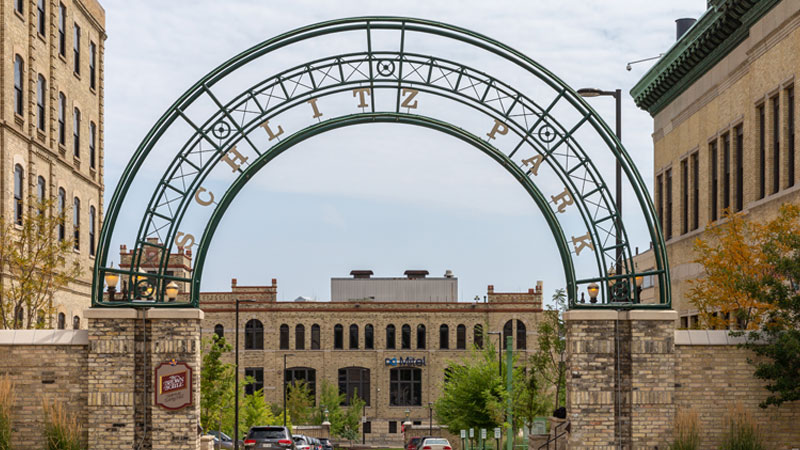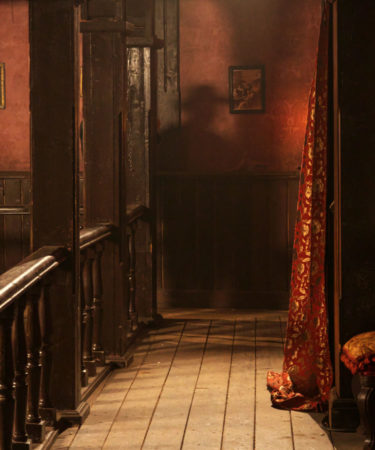America has a long history with beer gardens — and it wasn’t always rosy. The outdoor spaces have a checkered past in America, due to changing social mores, world wars, and, of course, Prohibition.
Introduced by German immigrants in the 1840s to 1920s, beer gardens struggled to gain mainstream acceptance at first because of their seedy, dimly lit predecessors: American saloons.
“Before the mid-19th century, America was a saloon culture,” Joe Hursey, archivist at the National Museum of American History, Smithsonian, tells VinePair. Saloons, mainly for men and “possibly prostitutes,” were “where you drank out of the sight of the public,” he says. “In most cases, getting drunk was the sole purpose for being there.”
Beer gardens, on the other hand, were outdoor drinking spaces inviting men, women, and children. They accompanied many of the country’s best-known breweries, including Anheuser-Busch, Miller, Pabst, and Schlitz. Some were even theme parks.

The most famous, Schlitz Park, built in Milwaukee, Wis., in 1879, hosted “polo matches, carousels, acrobats, operas, orchestras, vaudeville performers, carnivals, and dances. In the winter time, people could ice skate while live music played,” Hursey says.
In other words, these were wholesome, family-friendly affairs. Unlike traditional public houses, beer gardens’ purpose was not intoxication, but gemütlichkeit, a German word indicating social acceptance, comfort, and cheer. The age- and gender-inclusive spaces, where “women and children could be found in the gardens sipping beer and eating pretzels,” contrasted Americans’ current alcohol consumption rituals, Hursey says. “Americans drank to get drunk, while Germans drank for leisure,” he says.
The Temperance Movement, which began in the in the early 1800s and gained momentum in the 1830s and 1840s, followed by Prohibition from 1920 through 1933, wiped beer gardens from the American landscape. Unfortunately, it took decades to restore them due to anti-German sentiment preceding and during World War I and World War II.
Ultimately, Americans accepted German beer-drinking traditions. Lager, introduced by German as well as Czech immigrants, remains the most popular beer style in the U.S., and beer gardens are celebrated spaces in almost every state. Yet it’s a cautionary tale: Never judge a community by its extremely non-threatening drinking culture.
